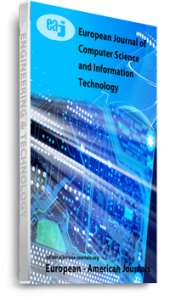In recent years, the significant growth of computer networks has facilitated the publication of multimedia data such as images, video, audio, etc. Digital images can be easily copied and published in the internet without the owner’s consent. There are several ways to prevent these problems; one of these methods is digital watermarking. In these methods, a watermark that can be trade mark, digital signature, and so on is inserted into the image, and the watermarked image is obtained. This image can then be published. Therefore, the image’s owner can prove a suspicious image by retrieving the watermark from watermarked image. The main objective of watermarking of digital images is to insert the watermark information in digital content as invisible and usually robust. Digital watermarking consists of two watermark insertion and extraction stages. In insertion stage, watermark is embedded in the host image and the watermarked image is obtained. In the extraction stage, watermark is extracted from the image. There are different classifications for different methods of digital watermarking. This paper studies the basic concepts of watermarking and its classifications, and at the end, common uses of watermarking are discussed.
Keywords: Fragile, Robust, Steganography, Watermarking Applications., Watermarking System

